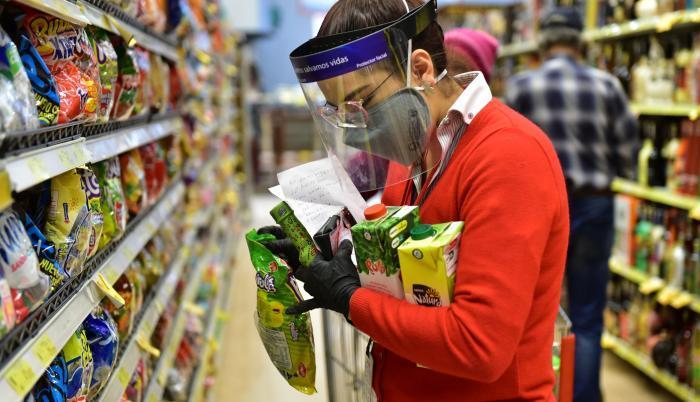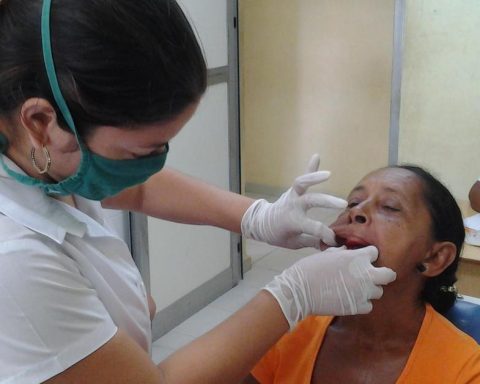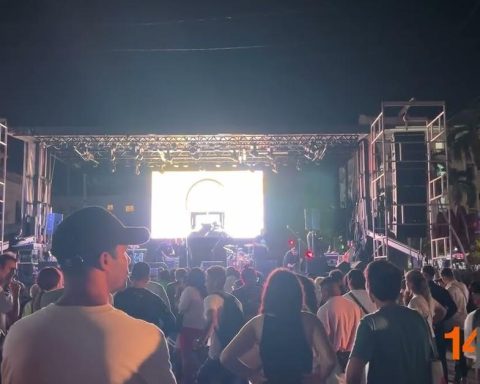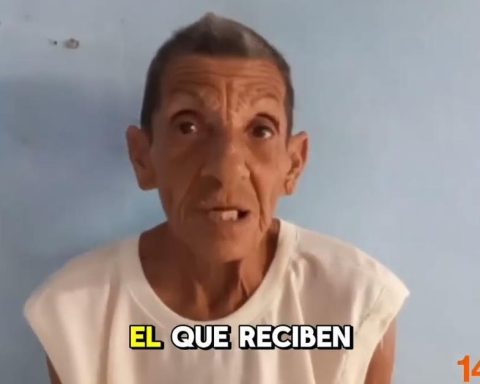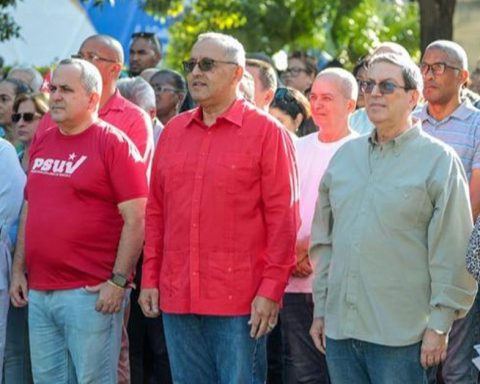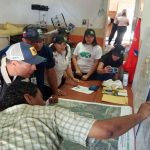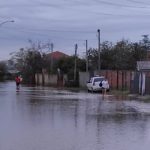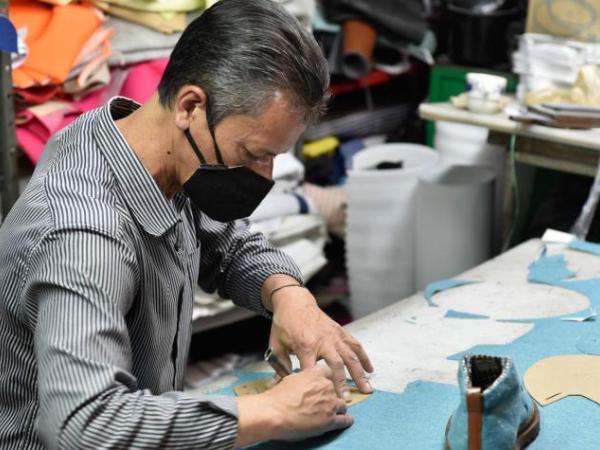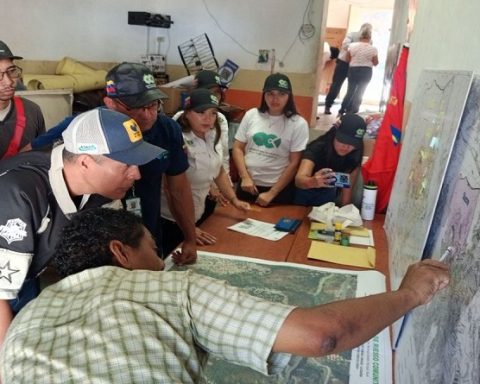During 2022, $10 more per month or $120 more per year will be needed to cover the Basic Basket. Agri-food products are among those that will rise the most.
During 2021, Ecuador recorded a inflation accumulated of 1.94%. Is inflation it was the highest if data from the last six years are compared.
However, it must be taken into account that, in four of those six years, the inflation it was negative or almost zero and fluctuated between 0.27% in 2018 and -0.93% in 2020.
The country had been dragging a economic contraction, with an average growth of less than 1% of the Gross Domestic Product (GDP) since mid-2015. In this context, the pandemic deepened the crisis that had been brewing for some time.
More expensive supplies
Although it may seem contradictory, last year’s recovery (with GDP growth of 4%), and higher household consumption (largely repressed during the first blow of COVID-19), were decisive in having prices Taller.
This phenomenon will be repeated in 2022, with the addition that costs of imported inputs and raw materials, which are used in the majority of agricultural production, will continue their upward trend.
prices will go up
According to the Minister of Economy, Simón Cueva, it is expected that the inflation reaches at least 2.1% during this year. In other words, on average, each month there will be a rise of around 0.18%.
Although this level is higher than that registered in 2021, Ecuador will be the Latin American country with the lowest inflation. Bolivia, which was the economy with less rise prices last year, it now projects a percentage of at least 3.4%.
Food, clothing and housing will be affected
In practical terms, a higher inflation means that the Basic Family Basket (CBF) it will be more expensive in 2022, especially in agri-food products such as oils, flour, cereals, dairy products and some types of meat such as chicken.
On the other hand, as will also happen in neighboring countries such as Colombia, increases in prices in sectors such as textiles (clothing and footwear); and in construction, which, although it has recovered some of the lost ground, is still far from pre-pandemic levels. To this is added the continued rise in the cost of medical care.
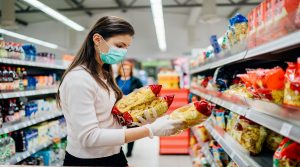
More money for the Basic Basket
Within the ten goods and services that rose the most prices in 2021 they were diesel and gasoline, vegetable oil, wheat flour, antiseptic alcohol, health care, public transportation.
As of December last year, the CBF closed at $719.65 per month, while the Vital Basket it came to $509.83.
By 2022, the cost of CBF it would come to about $729.52; and the Vital Basket would add $519.14. That is, it will take, on average, almost $10 more per month or $120 per year to cover the needs of basic products and services.
This reality will further widen the gap for the millions of Ecuadorians who are in informality. Until the middle of last year, access to Basic basket full cost the equivalent of five months of income to an underemployed Ecuadorian. (JS)
Why do people feel that prices rise more than the official figures say?
The inflation rate is an average of the rises and falls of prices within an economy. There are goods or services that may become much more expensive than the average, but are offset by reductions in others.
The Basic Family Basket and the Vital Basket include a maximum of 75 representative products and services, but their last update was made 8 years ago.
Lorena Andrade, economist and researcher, explained that consumption patterns, and even family composition, have changed a lot.
“It may be that there are families that spend more on certain things that have a lower weight, according to the official parameters with which the baskets are built. That’s why everyone feels inflation differently,” she said.
There are even marked differences between cities. In 2021, large cities such as Cuenca, Quito, Loja and Guayaquil are the ones that suffered the most from price increases.
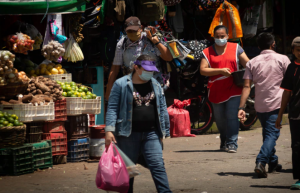
How to reduce the impact of inflation?
One of the main keys is to be clear about your monthly budget, both personal and family, and establish priorities. In the lower income sectors, food takes more than 60% of disposable income; in the so-called middle class ($820 monthly income on average), the weight of food exceeds 40%.
Therefore, it is important to determine what is being spent on and how a more balanced basket can be made.
Another important aspect is investment and the search for extra income. The little or much that can be saved should not only be left in an account, but ways should be found to make the money that reaches the pocket profitable.
That means that you cannot entrust all financial stability to a single source of income, but also look for entrepreneurship options, invest trust funds, stocks, among others.
